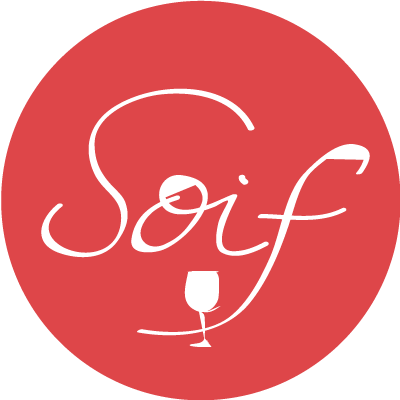2017 BODROG BORMŰHELY “VÁRHEGY” – TOKAJ, HUNGARY
Furmint
Winemaking details: Located in the North-East of Hungary on the Bodrog River, the appellation of Tokaj is famous for it’s sweet wines, yet less known are the delicious dry wines coming of of the region, like this one made by Hadju Janos and Farkas Krisztian. These Furmint grapes are grown on volcanic influenced tufa, rhyolite, and clay soils and farmed with the environment in mind. After hand harvesting and sorting, the grapes see a short 5 hour skin maceration before being pressed. Once settled, the juice is transferred to neutral (locally sourced) Hungarian oak barrels where it ferments and ages on the lees for 6 months before bottling.
Color: Pale straw
Bouquet: Honey, grapefruit, pear, lime oil, green apricot, wet rock, light spice
Palate: On the lighter side of Furmint, this wine is pure, bright and fresh. It has a medium and zippy acidity that is met with plentiful orchard and citrus fruit flavors. There is a unique subtle spice that comes from the Hungarian oak, and the wine has a long salty finish. Pair this with oysters, sushi, creamy herbed risotto, or a rich chicken alfredo.
While this wine is tasting great now, and with the high acidity it will hold up for another 2-3 years.
Further information can be found here: http://www.bodrogbormuhely.hu/index.php/hu/
2019 Filipa Pato “Dinâmica” – Bairrada, Portugal
Baga
Winemaking details: The Baga grapes that go into Filipa Pato’s “Dinamica” tinto, are handpicked from different vineyards within Bairrada. This is due in part to Filipa Pato’s philosophy that utilizing Baga grapes grown on limestone soils from different locations leads to a more complex wine. Each site has its own expression of Baga, resulting in a more layered wine. The vineyard sites lie approximately 15 kilometers from the coast, and experience a very intense Atlantic influence. After the grapes have been harvested, they are fully destemmed before they begin fermenting in tanks, with little extraction and long maceration on the skins.
Color: Deep Ruby
Bouquet: Blackberry, currant, plum, licorice, mint, and tar
Palate: Packed with bright black fruit notes, tart red cherry, and herbal undertones of eucalyptus and sage. Medium bodied with soft dusty tannins and ripping acidity. Pair this with richer, meatier dishes, such as pork belly or grilled lamb. This wine would also be a great complement to a classic Portuguese fish stew.
While the “Dinâmica” is tasting great now, Baga wines are known to age well, and this particular one could be enjoyed within the next 5-7 years.
Further information can be found here: http://www.patowouters.com/









